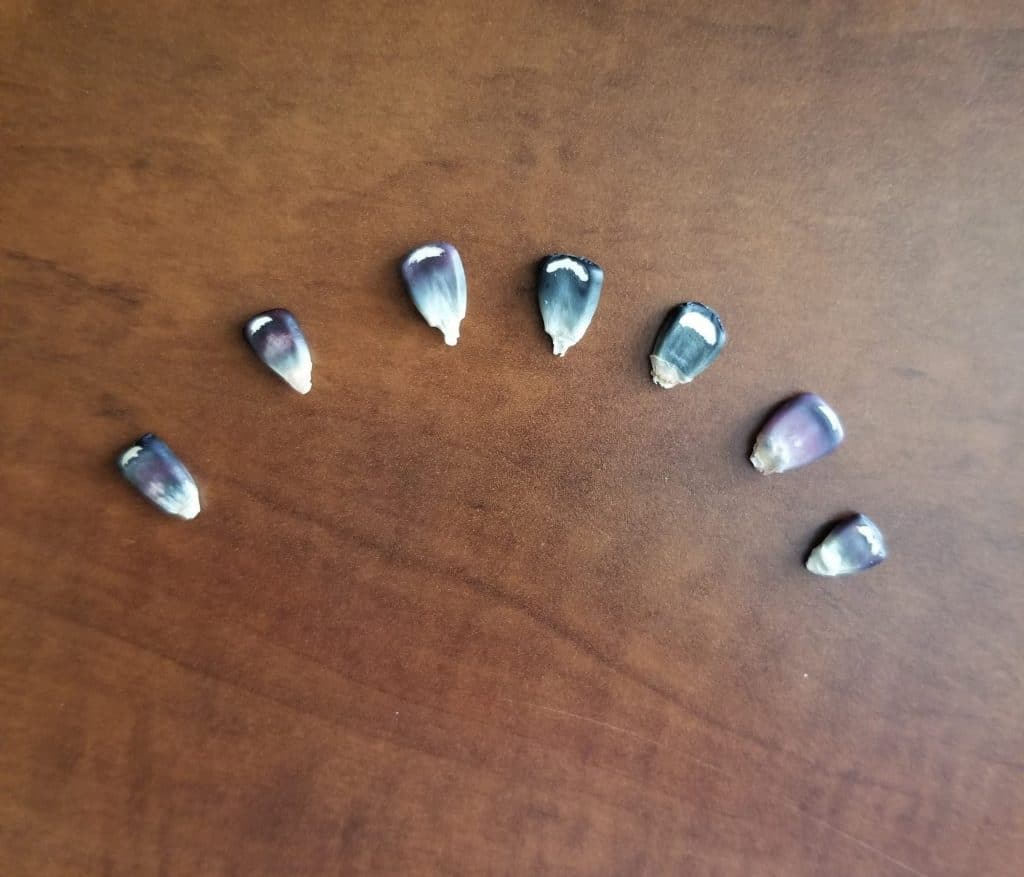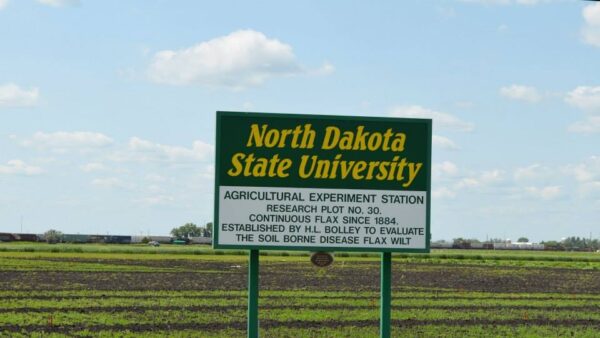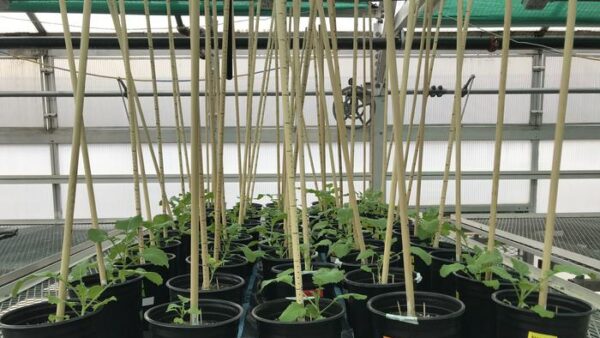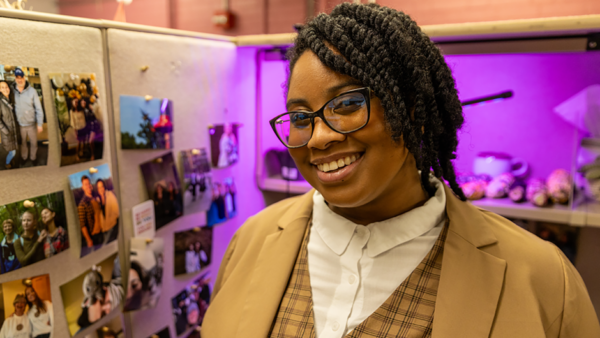The Cherokee Nation made an unprecedented decision this fall: to deposit seeds into the Svalbard Global Seed Vault.
It was late 2005 when the world learned that a “Doomsday” global seed storage facility would be built to help ensure humanity’s survival, deep inside a mountain in Norway hundreds of miles above the Arctic Circle. Like many other groups, the Cherokee Nation in Oklahoma decided it would be a good idea to make a deposit. This decision took the Cherokee people on an unprecedented journey to find and secure their own ancestral seeds, coming full circle to deposit into to the Svalbard Global Seed Vault only a few months ago.
“When the Cherokee Tribal Council asked for information about our seed stores in 2005, we quickly realized we had none,” explains Pat Gwin, senior director of environmental resources of the Cherokee Nation. “The Council members were aghast and declared it a priority to find and secure ancestral seed. I was given the task. I spent two years and traveled the entire country.”
Gwin collected seed from many sources, including the U.S. Department of Agriculture, various heritage centers (even a museum display), the Eastern Band of Cherokee in North Carolina and a Cherokee man named Carl Barnes. Barnes, who has since passed away, had bred Cherokee corn pre-dating European colonization. He was very relieved, says Gwin, that the Cherokee Nation was now making ancestral seed security a priority.
By 2007, Gwin and his colleagues had begun using the collected seed to build a Cherokee seed bank program.
“In 2019, I was interviewed about the program on NPR, and afterwards, I got a call from the Svalbard folks,” he recalls. “Now that some of our seeds are secured in Norway, only for our own future use if needed, I sleep better at night. In Oklahoma, one tornado could wipe out our seed bank and our plots.”
Seed Vault Updates
The Seed Vault is open to deposits from institutions, other seed banks, Indigenous groups and local communities who wish to deposit seeds in accordance with relevant traditional and national regulations.
“For an institution to send seeds to Svalbard, they must sign a depositor agreement, which ensures the seed samples are unique, important for food and agriculture, safety duplicated at the second level (Svalbard is actually a backup for the backup) and made available to breeders and researchers,” explains Cierra Martin, communications officer at Global Crop Diversity Trust (Crop Trust), part of a small group which oversees the Vault. “This process was established when the Seed Vault opened in 2008 and has worked well for the past 12 years.”

Martin notes the Seed Vault operates very much like a safety deposit box at the bank. Depositors retain seed ownership and are the only ones who can withdraw their own seeds. Seeds are typically sent by courier directly to the nearest airport (Longyearbyen), but occasionally for large deposit ceremonies, they are brought by hand.
To date, over one million seed samples have been deposited in the Seed Vault from 87 depositors. Martin says that Seed Vault staff get inquiries from various parties who wish to deposit, but they also reach out to seed banks who have yet to do so. In addition, she reports that Crop Trust also provides funding for the preparation and shipment of seeds from select genebanks around the world, especially in developing countries, to make sending material more feasible depending on the availability of funds.
To date, 752,619 accessions have been supported.
Several seed banks have deposited seed on multiple occasions. For example, the genebank at the International Center for Tropical Agriculture in Cali, Colombia has deposited on 13 different occasions, and over 90% of their collection is now represented in the Vault.
The Cherokee Deposit
The deposit by the Cherokee Nation in February was part of the Vault’s largest seed deposit yet. It included 35 genebanks such as the University of Haifa (Israel), Institut National de la Recherche Agronomique (Morocco), the Julius Kühn Institute (Germany), the Lebanese Agricultural Research Institute, the Baekdudaegan National Arboretum (South Korea), Suceava Genebank “Mihai Cristea” (Romania) and Kew Gardens (UK).
The Cherokee deposited seed from nine plant species, which they narrowed down from about 30 choices (Svalbard only accepts seeds that are important for food production). They include Cherokee White Eagle Corn, the tribe’s most sacred corn; some of its kernels appear to display the white open wings of an eagle. Others include Cherokee Trail of Tears Beans, Cherokee Turkey Gizzard black and brown beans, and Cherokee Candy Roaster Squash.
These seeds came from the Cherokee Nation Heirloom Garden and Native Plant Site, but on these six acres, more than food plants are grown. Indeed, every year about 200 ancestral plants are cultivated, including many with ceremonial, medicinal or medicinal and food uses such as tobacco and sunchoke.
Each year, much of the seed from these plants are distributed to Cherokee who request them for their own cultivation, and now, with many years of seed distribution in place, Gwin likens the situation to having many small seed banks. “No self-respecting Cherokee would ever be without a corn patch and it’s nice that there is ancestral corn and other plants being grown,” he says. “Last year, we sent out about 10,000 packs of seeds from over 50 plants.”











